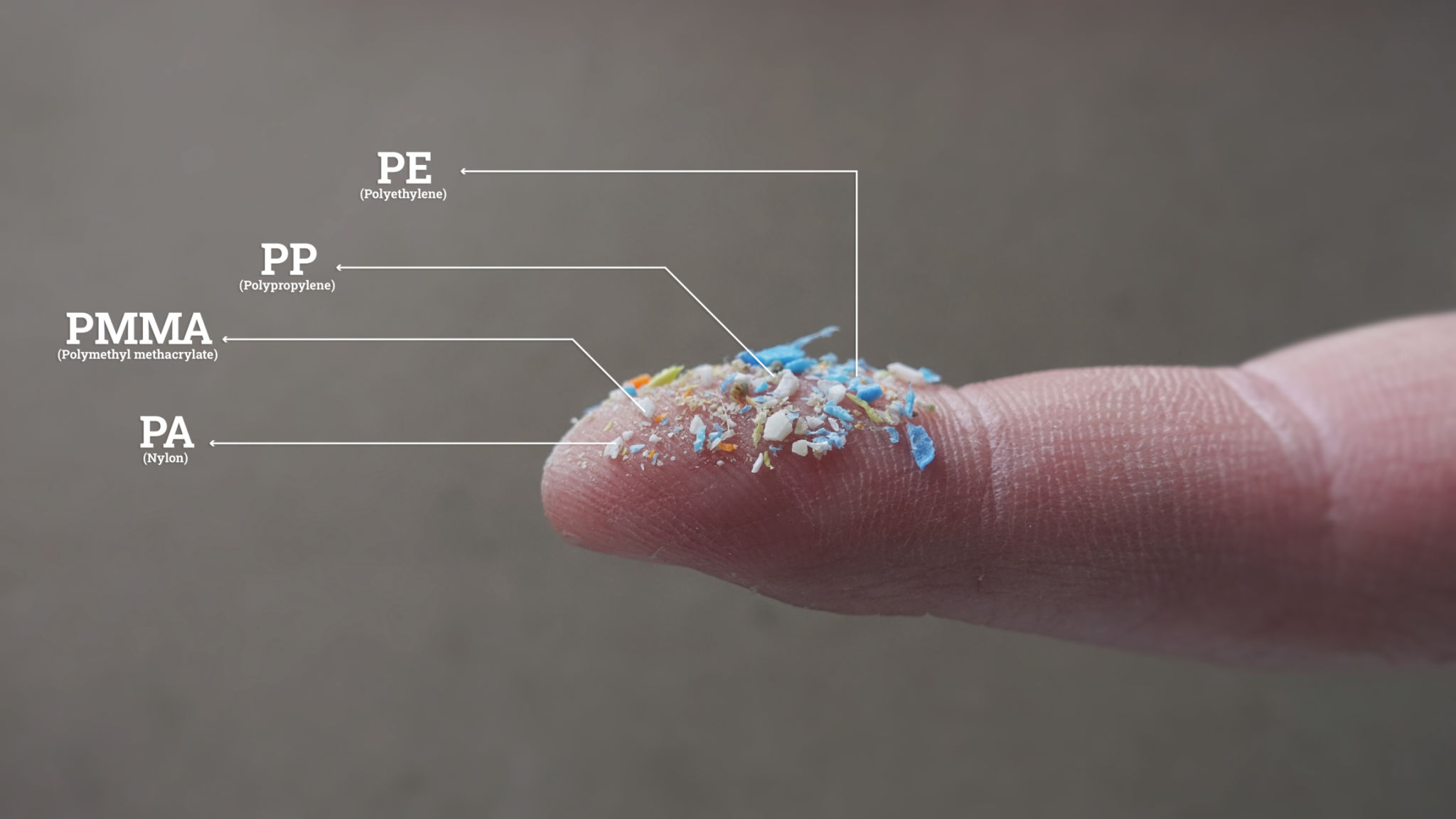The Plastic Soup Problem: Impacts on Human Health
Understanding the Plastic Soup Phenomenon
The term Plastic Soup refers to the massive accumulation of plastic debris in the world's oceans. This environmental crisis has been escalating for decades, primarily due to the excessive production and improper disposal of plastic waste. The floating debris forms vast patches in the ocean, with the Great Pacific Garbage Patch being the most notorious. These patches are not only eyesores but also pose a significant threat to marine life and ecosystems.
Plastic does not biodegrade; instead, it breaks down into smaller particles known as microplastics. These microplastics are easily ingested by marine animals, entering the food chain and eventually impacting human health. The invisible nature of microplastics makes them particularly insidious, as they can travel through water systems and make their way into our bodies.

The Routes to Human Exposure
Humans are exposed to microplastics through various avenues, primarily through the consumption of seafood. Fish and shellfish that ingest microplastics can carry these particles into our diets. Additionally, microplastics have been found in drinking water, both from bottled sources and tap water, raising concerns about more widespread exposure.
Apart from ingestion, inhalation is another route through which humans can intake microplastics. Particles released into the air from synthetic clothing fibers, urban dust, and industrial emissions contribute to airborne microplastics. These particles can be inhaled, potentially leading to respiratory issues over time.

Potential Health Effects
The health implications of microplastic exposure are still being researched, but early studies suggest potential risks. Microplastics can act as vectors for harmful chemicals and pollutants, such as bisphenol A (BPA) and phthalates, which are known for their endocrine-disrupting properties. These substances can interfere with hormone function and may lead to a variety of health issues.
Moreover, the physical presence of microplastics in the body could cause inflammation and damage to tissues. The long-term effects are still being studied, but there is growing concern about their potential role in diseases such as cancer or reproductive disorders.

Addressing the Plastic Soup Problem
Tackling the plastic soup problem requires a multi-faceted approach involving governments, industries, and individuals. Governments need to implement stricter regulations on plastic production and waste management. Encouraging recycling and promoting sustainable alternatives can significantly reduce plastic pollution.
Industries can play a crucial role by redesigning products to minimize plastic use and by adopting circular economy principles. Innovations in biodegradable materials and increased investment in cleanup technologies can also help mitigate oceanic plastic pollution.
Individual Action Steps
On an individual level, reducing plastic consumption is critical. Simple actions such as using reusable bags, bottles, and containers can make a significant difference. Participating in beach cleanups and supporting organizations dedicated to combating plastic pollution are additional ways individuals can contribute to solutions.
- Use reusable products instead of single-use plastics.
- Participate in local beach or river cleanups.
- Support policies aimed at reducing plastic waste.
Awareness and education about the impacts of plastic pollution on human health are vital for driving change. By understanding the connection between plastic soup and our well-being, we can take informed steps toward a healthier planet and population.
